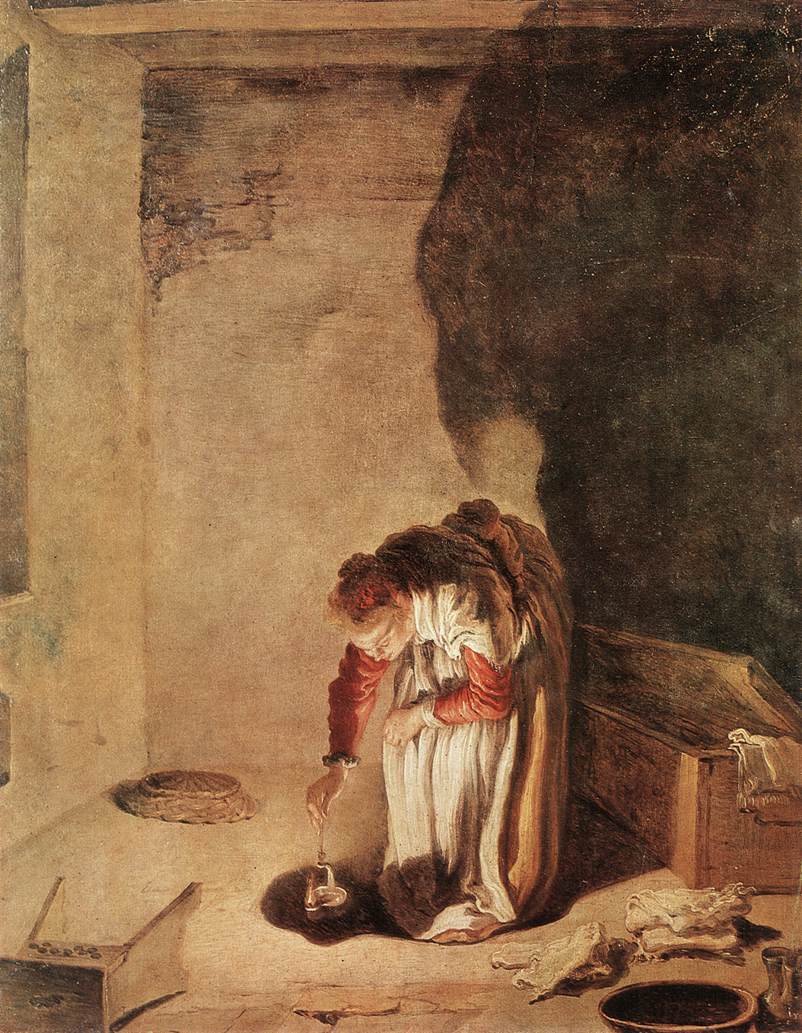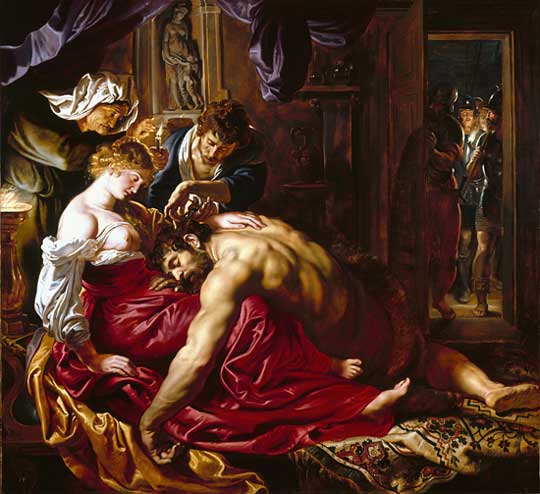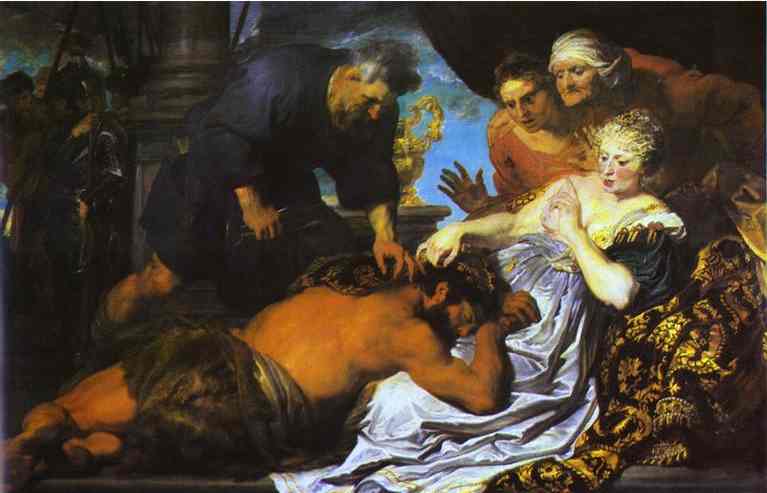HI N BYE (Guitarra remix) – Till West & Eddie Thoneick
http://www.youtube.com/watch?v=8fGwNZpJ3IM
Thanks to Parichaba for recommending this song.
--------------------------------------------
This is my reply to Zeren in my English-only blog:
http://celinejulie.wordpress.com/2008/03/20/did-i-see-deadly-snail-vs-kung-fu-killers/
--Talking about Peter Greenaway, his first film which I saw is THE COOK, THE THIEF, HIS WIFE & HER LOVER. I like it a lot, though it doesn’t make me feel as excited as Derek Jarman’s films.
I saw DROWNING BY NUMBERS at the British Council in Bangkok in 1996. My English listening comprehension was (and still is) very bad, so I couldn’t understand any dialogues in the film. But I still like the idea of this film very much—letting the viewer playing a game of spotting the numbers in the film. I hadn’t heard any ideas like this before. I also like the girl who jumps rope very much.
I just read a review on DROWNING BY NUMBERS, written by Alain Masson in the book POSITIF 50 YEARS. Masson compared the unrealistic shadow of the rope-jumping girl to the unrealistic shadow of the woman in a painting by Domenico Feti. Masson also talks about the painting of SAMSON AND DELILAH quoted in this film, but I could not remember any paintings in this film. I think I have to see this film again.
PARABLE OF THE LOST DRACHMA (1618-22, Domenico Feti)
http://farm3.static.flickr.com/2350/2358369670_652ee04767_o.jpg
SAMSON AND DELILAH (1610, Peter Paul Rubens)
http://farm3.static.flickr.com/2013/2358369674_297db72788_o.jpg
SAMSON AND DELILAH (1620, Anthony van Dyck)
http://farm3.static.flickr.com/2011/2358369672_aac25edcf6_o.jpg
--This is a quote from Alain Masson’s review of DROWNING BY NUMBERS in the book POSITIF 50 YEARS:
“There is therefore symmetry. The first murder coincides with the three and the last with the one hundred; as it happens, the little girl added three stars to her hundred, implying some form of equivalence between the two numbers; is not one hundred the first three-digit numbers? So many subtleties and questions! As for symmetry, how to justify the enormous 50 that appears in the middle of the beach and looks like 05 backwards, which does not follow correct geometry. And what of the numbers that appear out of turn, and those that repeat themselves? Those that are mentioned rather than seen? Those larger than one hundred? Can the four tines of a fork be read as IIII, like the Roman numeral four? What to do when we don’t see a number? Does numbering govern the increase in the number of characters? The required series proliferates indefinitely, and filmgoers are caught up in a brutal oulipian progression.”
--I had never heard of the word “oulipian” before. It is not included in my English dictionary. Fortunately, wikipedia explains this word, and this word sounds very interesting.
http://en.wikipedia.org/wiki/Oulipo
From Wikipedia:
“Oulipo (pronounced oo-lee-PO) stands for "Ouvroir de littérature potentielle", which translates roughly as "workshop of potential literature". It is a loose gathering of (mainly) French-speaking writers and mathematicians, and seeks to create works using constrained writing techniques. It was founded in 1960 by Raymond Queneau and François Le Lionnais. Other notable members include novelists like Georges Perec and Italo Calvino, poets like Oskar Pastior or Jacques Roubaud, also known as a mathematician.”
“Some examples of Oulipian writing: Queneau's Exercices de Style is the recounting of the same inconsequential episode ninety-nine times, in which a man witnesses a minor altercation on a bus trip, each unique in terms of tone and style.
Plaisirs singuliers by Harry Mathews (the only American member of Oulipo) describes 61 different scenes, each told in a different style (generally poetic, elaborate, or circumlocutory) in which 61 different people (all of different ages, nationalities, and walks of life) masturbate.
Queneau's Cent Mille Milliards de Poèmes is inspired by children's picture books in which each page is cut into horizontal strips which can be turned independently, allowing different pictures (usually of people) to be combined in many ways. Queneau applies this technique to poetry: the book contains 10 sonnets, each on a page. Each page is split into 14 strips, one for each line. The author estimates in the introductory explanation that it would take approximately 200 million years to read all possible combinations.”



No comments:
Post a Comment